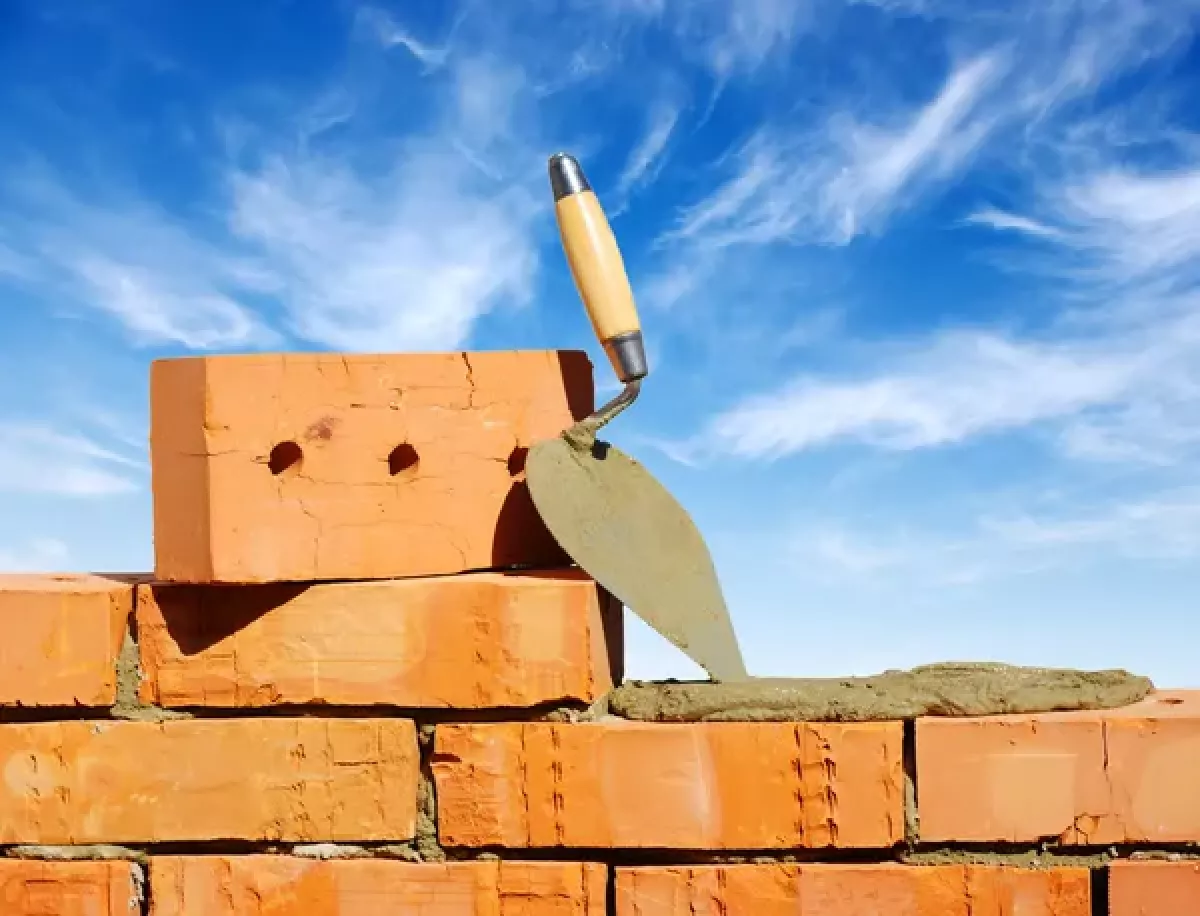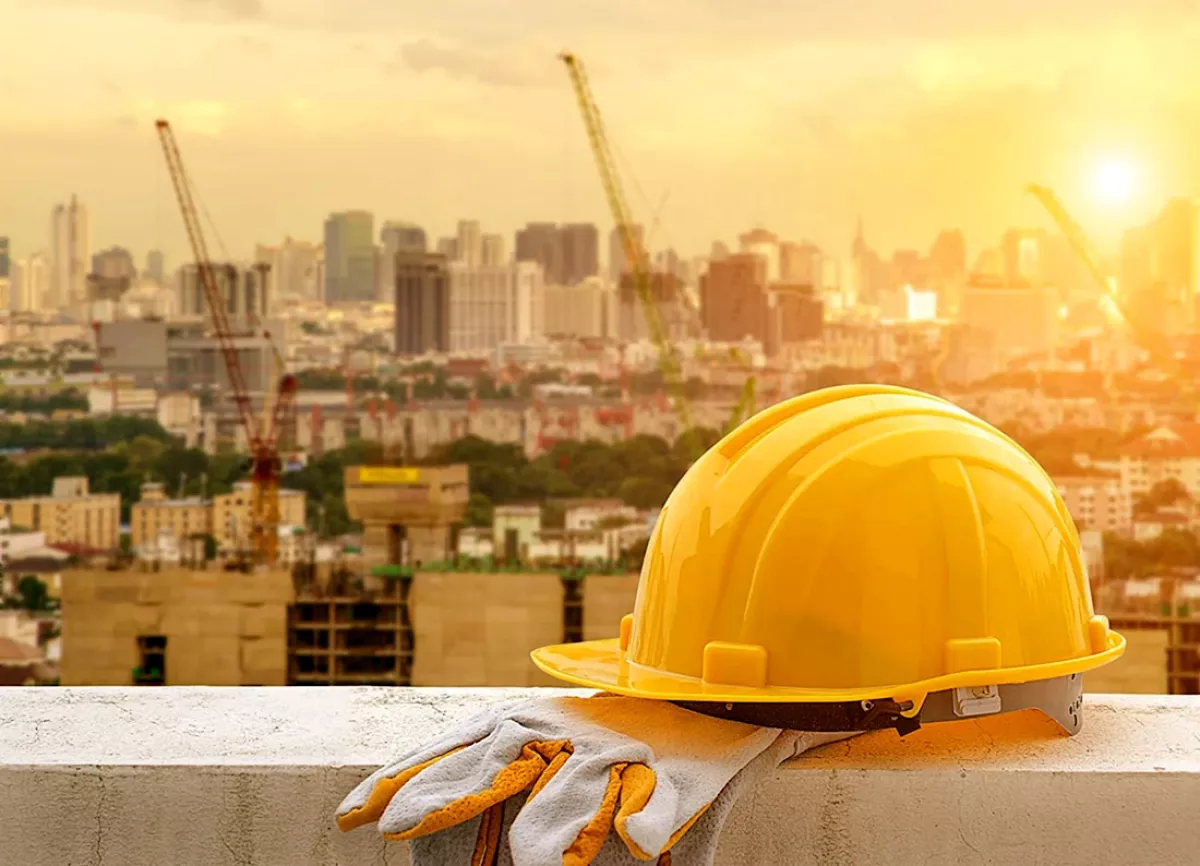Rising real estate prices in Baku What’s driving the surge?
For the third consecutive year, Baku's residential real estate market has been influenced by a range of internal and external factors driving a dynamic increase in the prices of apartments, private homes, and land plots. Among the few tools curbing the unchecked growth of property prices are the loans provided by the Azerbaijan Mortgage and Credit Guarantee Fund (MCGF) and the construction of social housing by the State Housing Construction Agency, LLC MIDA. Another significant factor has been the implementation of public-private partnership projects focused on the demolition of dilapidated and unsafe housing and the development of high-rise construction in Baku.
Over the past decade, this practice has become a key construction trend in the capital. Recently, the State Committee for Urban Planning and Architecture announced the completion of an analysis of over 200 unsafe buildings and the commencement of practical work in this direction.
Once a highly profitable industry, Azerbaijan's construction sector has, in recent years, faced a series of challenges that have driven up costs and reduced the scale of housing development in both the capital and the regions. Even with the unprecedented surge in construction activity on territories liberated from occupation, the overall trend in the country's housing sector remains negative.
According to the State Statistics Committee, the capitalization of Azerbaijan’s construction market fell by 5.8% in 2022, while the total housing area delivered stood at 2.593 million square meters, marking a 24.8% decline compared to the previous year. Similar trends continued into 2023, with construction volumes totaling approximately 2.511 million square meters, reflecting a further decline of over 3%.
This downward trajectory persisted into the first half of the current year. During this period, 5,204 residential buildings with a total area exceeding 702,910 square meters were commissioned—about 26.8% less than in the same period last year. Additionally, between January and September 2024, the number of low-rise houses built dropped by 14% compared to the same period in 2023, according to the State Statistics Committee.
It is clear that the decline in housing delivery by construction cooperatives is inevitably affecting market demand, both in the new-build and secondary housing segments, further fueling price increases in Azerbaijan’s real estate market.

These trends are most evident in Baku, where housing construction cooperatives (HCCs) have increasingly struggled with a shortage of affordable vacant plots for development—not only in central areas but also on the city's outskirts. Changes to construction regulations introduced a few years ago now require builders to adhere strictly to zoning and construction rules, unlike in the past when developers could maximize buildable space by reducing non-residential areas. This regulatory shift has further constrained the growth of the construction market.
In 2022–2023, inflation significantly contributed to rising construction costs, driving up the prices of building materials—particularly imported ones—as well as construction equipment, fuel, and labor. These economic pressures, combined with regulatory hurdles, have created a challenging environment for the sector.
Given these factors, a significant drop in property prices in Baku is unlikely. At best, the pace of price increases might slow if housing construction volumes see consistent growth in 2025–2026.
"Real estate prices in Baku have been steadily rising for several years, with monthly increases of several percentage points," real estate expert Elnur Farzaliyev recently told local media. "The cost of constructing new apartment buildings is higher than in previous years, as it has become increasingly difficult to find land for development in Baku, and the prices of remaining plots are extremely high."
According to the expert, construction companies are addressing this issue by demolishing dilapidated housing and old five-story buildings, replacing them with new developments. As compensation, they provide former residents with new apartments in the rebuilt properties and cover their rental costs during the construction period. While this approach raises overall construction expenses, it remains the most viable solution for Baku’s construction sector today.
Under Baku's General Plan, by 2040 many unsafe apartment buildings and deteriorated residential areas across the capital are slated for demolition. According to data published just over a year ago by the Center for Social Research (CSR), a significant portion of the population in Azerbaijan's three largest cities resides in buildings constructed over 30 or even 60 years ago.
In Baku, only 26% of CSR survey respondents live in buildings built within the last 30 years. The figures are even lower in Ganja at 18%, and in Sumgayit, merely 7% of residents reported living in relatively modern housing.
This highlights the extensive work ahead for housing construction cooperatives (HCCs) under public-private partnership initiatives. The redevelopment of outdated residential zones offers opportunities to meet the growing demand for housing in prime areas of the capital while incurring relatively lower costs on expensive land acquisition.
“There is a significant amount of unsafe housing in Baku and other cities. In the capital alone, more than 200 unsafe buildings have been analyzed based on assessments by the Ministry of Emergency Situations and citizen appeals,” stated Anar Guliyev, Chairman of the State Committee for Urban Planning and Architecture.
“Currently, under the relevant directive from the Cabinet of Ministers, the State Committee has analyzed over 200 such buildings, encompassing more than 7,000 apartments. To date, an inventory of approximately half of these apartments has been completed, and practical work has already begun at several addresses,” he added.

According to the head of the State Committee, decisions about which areas of the city will undergo redevelopment and where unsafe buildings in Baku will be demolished largely depend on local executive authorities, as well as demand from entrepreneurs, investors, and construction companies.
“In some areas, construction work is not feasible. In such cases, landscaping efforts will be carried out, including the creation of park zones. Additionally, state funds will be allocated to address safety concerns in residential buildings with historical and cultural significance,” he noted.
In addition to low-rise deteriorated housing, most unsafe buildings in Baku consist of Soviet-era five-story blocks known as "Khrushchevkas," as well as panel houses, dormitories, and other structures long past their intended lifespan. According to Cabinet Resolution No. 86 from February 25, 2016, the demolition of such unsafe and expired buildings continues across the capital, with over 3,000 structures identified.
In the past five to six years alone, approximately 1,250 unsafe buildings have been demolished in Baku, with tens of thousands of residents either relocated to new apartments or provided with financial compensation. While the amount of compensation remains a contentious issue for many residents of demolished buildings, an optimal solution under the current scheme is the allocation of apartments in new developments. This approach not only improves living conditions but also allows residents to retain their familiar location and social environment within the capital.
Currently, the process of calculating and disbursing compensation to residents of demolished buildings is overseen by the Cabinet of Ministers. Ultimately, this public-private partnership model for urban redevelopment boosts the activity of housing construction cooperatives (HCCs) and strengthens the overall capitalization of the construction sector.








